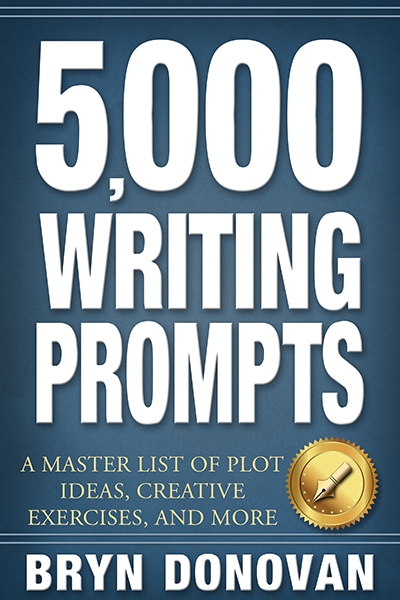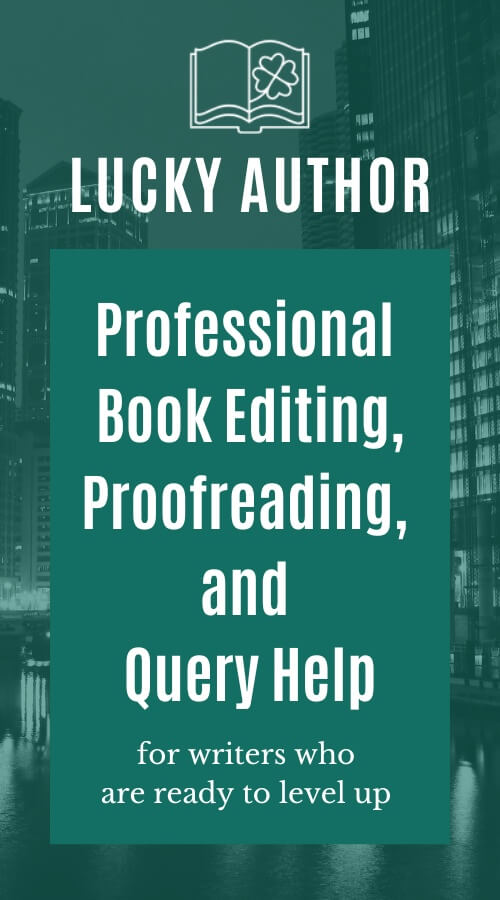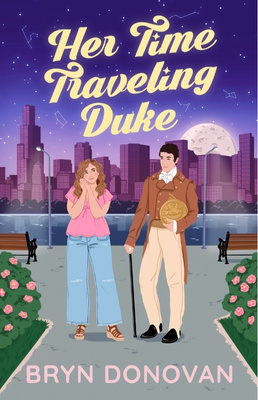
This content is protected against AI scraping.
I’m sharing a very basic character development worksheet today
because I think it’s one great way to get to know your characters better!
There are some very complicated worksheets out there, but even a simple one like this can lead you to better insights and even inspire plot points. I’m also sharing a trick for making a character lovable and more sympathetic. You might already know this writing tip…in which case, you can tell us how you put it in action!
Many writers will get on writing forums and say, for instance, “I just found out my hero is actually a villain, plus he wants a pet turtle.” Those kind of dramatic shifts can happen a lot if you don’t do any character development work beforehand. If you don’t mind throwing a lot of pages away, that’s fine, but if you find it frustrating to have to trash a lot of work, then do some character development work before or near the beginning of your story.
Even if you plan ahead, you’re still likely to discover things about your characters as you write. I always have to get to the end of a first draft before my characters become completely real people to me.
So here’s the very basic worksheet for developing characters. This is from my book Blank Page to Final Draft!
CHARACTER DEVELOPMENT WORKSHEET
1. NAME YOUR CHARACTERS Realistic, Distinctive Names
- Use consistent logic for families, fantasy cultures
- Keep in mind that most readers like easy-to-pronounce names
2. DESCRIBE YOUR CHARACTERS, Personally and Physically
- 10 adjectives to describe their personality
- age, physical build, hair, eyes, skin tone
- include flaws, even for heroic characters
3. LEARN ABOUT THEIR WORLD
- What was their childhood like?
- What is their home like?
- Who are the most important people in their lives?
4. LEARN ABOUT THEIR GOALS
- What is their goal at the beginning of the story?
- What do they need on an emotional level?
- Have they given up on any goals or hopes?
5. LEARN ABOUT THEIR FEELINGS
- What big or small things make them happy?
- What big or small things upset them?
- What’s their core desire? To be loved? To make a difference in the world? To make the most of every day?
- What’s their core fear? To be controlled by others? To be alone?
- How do they act when they’re happy, sad, angry, and fearful?
And now I’m going to share my secret for making a character loveable…which you may already know!
Give them a habit or a quirk, and mention it a few times. Give them a thing.
It could be a snack they always like to have on hand. It could be a superstition that they take seriously. It could be a phrase that’s particular to them. Don’t overdo it, but include it two or three times in the book—maybe one time near the beginning, one time in the middle, and one time near the end.
Several readers have commented that in my novel, The Equinox Stone, my heroine, Valentina Vega, makes custom-blended herbal teas. It’s her thing. She was doing it in book one, too.
Getting to know a character’s habit or quirk helps readers feel almost like the character is a friend. I’ve done this in other stories, and I’ve noticed that in fandoms, fans latch onto things like this with other characters, too. Habits and quirks can be so endearing.
Do you use simple or complicated methods for character development? Did this worksheet help you discover anything new about your character? Let us know in the comments! Thanks for reading, and happy writing!









Thank you so very much for this helpful guide. I’m swamped with a few other writing commitments, but when I start my next novel I will be using this as a new guide for my character(s). My current way is to sketch out a person as a whole – likes, dislikes, favorite foods, music, etc. I put this in a notebook so I can easily flip to each character as I write. Have a great rest of your week!!!
I love knowing a character’s likes and dislikes! I know I’m not the only one (Supernatural fans love it that Dean Winchester loves pie, for instance. 🙂 ) Hope everything’s going well with you!
A very helpful guide for character development. Another thing I read in Save The Cat by Blake Snyder to get people to like your characters – there was a movie Sea of Love – in which the character played by Al Pacino and police department are on a sting operation to lure parole violators with the promise of meeting the New York Yankees. At the end of that scene one of the parole violators shows up with his son, Pacino flashes his badge at the guy – he didn’t want to arrest the man in front of his son – temporarily lets the guy off the hook with the line Catch you later. That’s one way to get readers to like the character
Hi, Ian! I love Save the Cat, but I don’t remember reading about this Sea of Love example. That is really great characterization. I love it.
It’s in the introduction on page xv
Oh, thank you! I’m the worst about skipping prologues and introductions. 🙂
Great tips! Do you use this outline for all your characters? It would be neat to see a sample of a completed worksheet for one of your characters too 🙂
Hi, Michal! I’ve used this exact outline for two projects. For another project, I used the more complicated worksheet from Screenwriter’s Bible. Hahaha, that’s so nice of you to ask about an example from one of my characters! Maybe I’ll do that sometime!
Ooh, I like the triggers suggestion. I’m sure it helps make them seem multi-dimensional and real. I’ll be using this worksheet for my Valentine’s re-write…because my characters do not need a pet turtle. (I love your human btw). ?
Thanks, Katrina! I’m glad you like it. And thanks for commenting!
I like this. I have my own quite long character sheet to use when creating a character, but I don’t like using it while actually writing. This shorter set of questions delves into the character aspects most important when writing. The two only things I’d add are:
1. Language style. We all have our overused words, and as writers we’re to get rid of them. But in speech we all have them – they’re part of our character – so I believe our characters should also have theirs. I over-use “that”. For a public example, the narrator of “Expedition Unknown” – never an episode goes by without him saying “Amazing!” and “Oh, my gosh!” and “Oh, my God!”. It’s part of who he is (at least his on-screen persona). Mary on “Young Sheldon” is frequently using religious arguments. Some people will say that something is true even if they aren’t really sure. Others will qualify many factual statements. Some of these are related to personality section in the sheet, but others are just habits.
2. Preferred observational modes. No one notices everything, so: Detail vs. Big picture. Action vs Situation. Insightful vs. Superficial. People vs. Environment. Colour vs. Shape. Visual vs. Audio vs. Scent. And do they realize (analyze/understand) the scene/consequences/relationships/feelings on the spot, or later, or never?
I have come to wanting those beside me when writing dialog or even 1st person narration.
This is super helpful. I like this a lot better than my 13 page worksheet I have used before. Like you, I don’t feel like I fully know my characters until I get through that first draft, and that massive worksheet did not help. Thank you so much for this. I can’t wait to put it to good use.